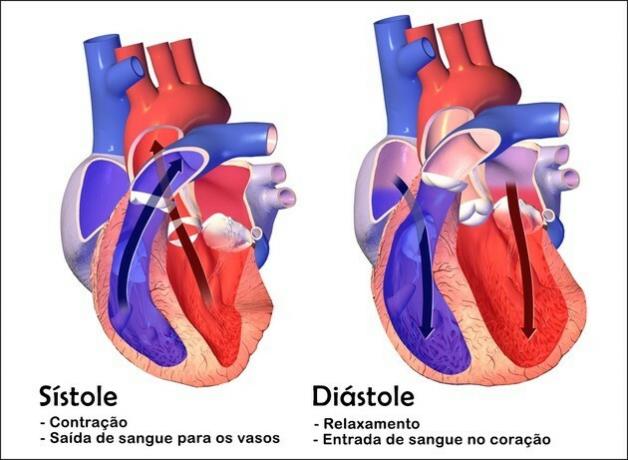Nidation is the implantation of the fertilized egg in the uterine wall, which in some cases can cause slight bleeding. Menstruation is already the escape due to desquamation and bleeding of the endometrium.
Both are natural states of the woman's body, but in opposite situations. While implantation represents fertilization and the beginning of pregnancy, menstruation shows that there was no fertilization and a new menstrual cycle begins.
| Nesting | Menstruation | |
|---|---|---|
| What is it? | Implantation of the zygote (egg + sperm) in the uterine wall. It is a sign that the egg has been fertilized. | Desquamation of the endometrium and restart of the menstrual cycle. It is a sign that ovulation has occurred, but the egg has not been fertilized. |
| Characteristics | When there is bleeding, it occurs with a smaller flow (small bleeding), there is no continuous flow as in menstruation. The blood may have a pink or brown color. | The flow is composed of tissue from the inside of the uterus, its color can vary from a deep red to brown, it can have the presence of clots. In general, menstrual flow is larger and continuous, different from implantation. |
| Period in which it occurs | It occurs within or very close to the fertile period (Between the 11th and 17th day of the menstrual cycle). Usually five to seven days after fertilization. | Menstrual cycles last, on average, 28 days, and may vary from woman to woman. Menstruation signals the end of one cycle and the beginning of another. |
| Duration | Up to 3 days. | From 2 to 7 days. |
Both in implantation and menstruation, bleeding can be accompanied by cramps. Thus, the main difference is in the period in which the flow occurs. In the fertile period, in the case of implantation and at the end of the menstrual cycle, in menstruation.
In case of doubt or persistent bleeding, medical follow-up is essential. A gynecologist or general practitioner should be consulted.
What is nesting?
Nidation is the attachment of the embryo to the uterine wall, initiating the gestation period. It occurs when, in the fertile period, the egg is released and fertilized, forming the zygote.

Implantation bleeding is normal and occurs when the embryo lodges in the inner layer of the uterus, in the endometrium. However, this small flow, called Hartmann's Sign, occurs in only one in five women. That is, every pregnant woman goes through the process of implantation, but only 20% have this type of sign.
The characteristics of implantation bleeding are similar to menstruation, but do not have the characteristic odor of menstrual flow. Its coloring can vary between brown (coffee grounds) and light shades of pink. Unlike menstruation, they do not occur continuously or in large numbers.
Although implantation is one of the first signs of fertilization, confirmation of pregnancy occurs after testing hCG (human chorionic gonadotropin) levels. hCG is a hormone produced during pregnancy, its presence in the blood or urine proves pregnancy.
Steps that make up the nesting:
- Fertile period (ovulation). Ovulation occurs in the middle of the menstrual cycle: around day 14, in the case of a 28-day cycle.
- Fertilization. After sexual intercourse, the sperm remains active for up to 5 days. Within that period, it can enter the egg and fertilize it. Fertilization usually takes place in the fallopian tubes.
- Nesting. The fertilized egg implants in the wall of the uterus. This fixation may cause a little bleeding.
What is menstruation?
Menstruation is a natural cycle that occurs during a woman's reproductive phase. It occurs from the preparation of the body for fertilization, if this does not occur, the endometrium desquamates causing bleeding.

The stages of the menstrual cycle are:
- preovulatory phase. Preparation for egg release.
- Ovulation (fertile period). Release of the egg and greater likelihood of becoming pregnant.
- Menstruation. Post-ovulatory phase, the unfertilized egg dies and is expelled with the blood and superficial tissue of the endometrium.
The color of menstruation is usually a bright red, but it can vary during the period, from brown (coffee grounds) to a lighter pink. The presence of clots of different sizes is common.
Menstruation has a much higher flow than implantation and a characteristic odor. If the bleeding persists, the woman should see a gynecologist.
See also the difference between:
- mitosis and meiosis



